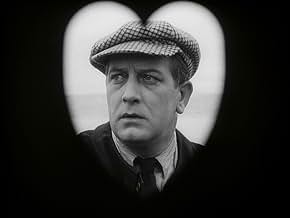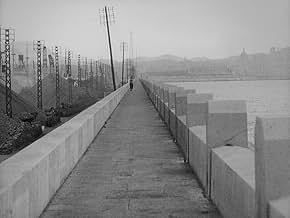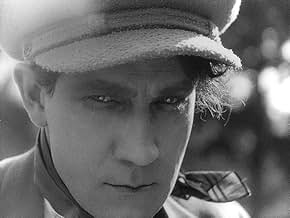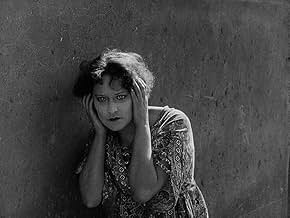Coeur fidèle
- 1923
- Tous publics
- 1h 27min
Ajouter une intrigue dans votre langueMarie wants to escape from her job and also from her lover, Paul, an unemployed drunk. She dreams of going off with Jean, a dockworker. The two men quarrel and fight over Marie on two occasi... Tout lireMarie wants to escape from her job and also from her lover, Paul, an unemployed drunk. She dreams of going off with Jean, a dockworker. The two men quarrel and fight over Marie on two occasions, but Paul retains a hold over her. Marie has a baby who falls ill and as time goes on ... Tout lireMarie wants to escape from her job and also from her lover, Paul, an unemployed drunk. She dreams of going off with Jean, a dockworker. The two men quarrel and fight over Marie on two occasions, but Paul retains a hold over her. Marie has a baby who falls ill and as time goes on Jean and a crippled neighbor try to help the child. Paul nearly causes the death of the ch... Tout lire
- Réalisation
- Scénario
- Casting principal
Avis à la une
Coeur fidele is a contemporary romance whose poetry of the waterfront combines a sordid realism with a stunning visual lyricism- the film is early evidence of Jean Epstein's concern with exploring the expressive possibilities of the cinema. Instead of developing the story conventionally through dramatic confrontations... Epstein emphasizes simple patterns of rhetorical figuring and several ambiguous sequences of privileged subjectivity. In addition, Coeur fidele makes use of an astounding and memorable close-up of it's protagonists staring hauntingly through a window. Gina Manes face (as she looks out of the dirty bistro window)- in a stunning and beautiful image that seems to hover over the narrative itself- that floats over the water of the squalid, dismal harbor.
As previously mentioned, Coeur fidele is a love story in which Marie Epstein plays a minor but significant role as the crippled neighbor of the heroine. As the lovers are reunited (enabled by Marie's shooting of the villainous and drunken husband), the heroine's sick child remains in the dingy apartment as Mademoiselle Marice, dazed by her violently provoked action, cradles the infant on the wooden stairs. There are the last images of Marie, inter-cut with shots on the happy couple on the carnival ride that had been the scene of their separation.
The merry-go-round sequence in Coeur fidele has become an accepted "classic" of cinematic impressionism, as many viewers were (and are) greatly impressed by the striking sequence set on the merry-go-round, on which the heroine rides while in a state of extreme mental agitation. Epstein, inspired by Abel Gance's La Roue, experimented in this scene with the editing of very short bits of film in regular, rhythmic patterns. This section of rapid montage and camera movement has been called by Rene Clair "visual intoxication."
The audacity of Epstein, very influenced by cubism and surrealism, takes us from a very banal story to a breathtaking intellectual adventure.
There are so many unique moments of delight it's impossible to list them all. The first few minutes of exposition are masterful in how they paint the atmosphere, the characters, the visual mood of the film in so short a time. Characters sift out of focus and into focus again, Epstein's eye catches an object, a moment not directly pertaining to what's happening but where it's happening and how. The impression is so strong I'm not going to get this out of my head for a long time. And I don't want to.
The film has been released on Blu-ray (Region B) by the Masters of Cinema series, whose transfer is breathtaking.
Le saviez-vous
- AnecdotesThe director of the film, Jean Epstein said he chose to film a simple story of love and violence "to win the confidence of those, still so numerous, who believe that only the lowest melodrama can interest the public", and also in the hope of creating "a melodrama so stripped of all the conventions ordinarily attached to the genre, so sober, so simple, that it might approach the nobility and excellence of tragedy."
- ConnexionsFeatured in Trente ans de silence: Gina Manès (1965)
Meilleurs choix
- How long is The Faithful Heart?Alimenté par Alexa
Détails
- Durée1 heure 27 minutes
- Couleur
- Mixage
- Rapport de forme
- 1.33 : 1
Contribuer à cette page























